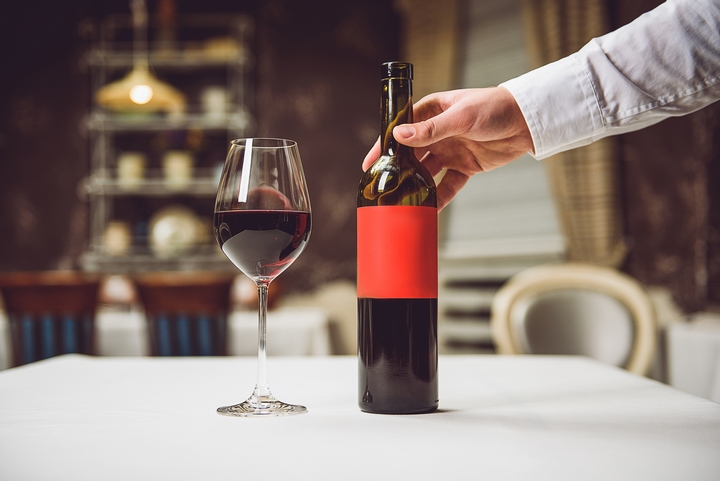
One of the hardest parts about navigating the complex world of wine is knowing when and how to pair your meals with it. There are so many options available – how could you ever find the best option?
Winemakers know that most of the time, people are looking to sit down to a glass or two over dinner, and so they have taken to giving tips on the label as to what goes best with their bottle. They want you to enjoy their wine, so if you’re really lost, the label may be a good place to start.
Here are seven interesting tricks on how to pair wine with food:
1. Get creative with your wine pairings

Before we get into any of the suggested tips for pairing wines, remember that trial and error is a really fun way to learn about wine. You never know until you try. This may not be the best method when you’re hosting a big party and you want to make it perfect, but over a casual dinner, why not do your own mixing and matching?
2. Pair red wine with red meat
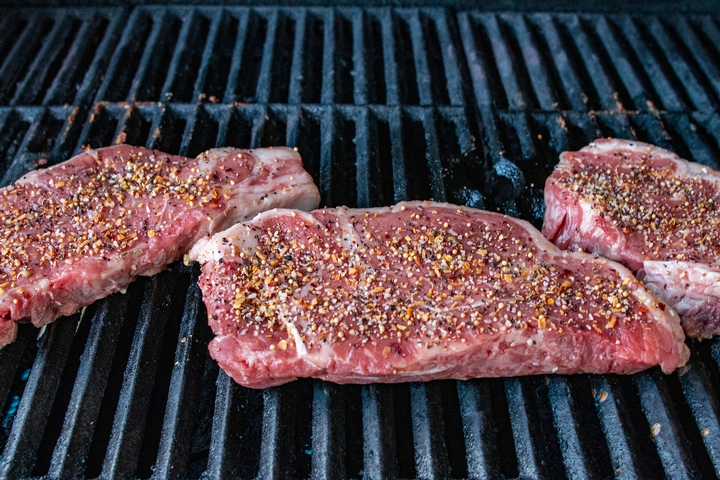
The standard goes that you should opt for a red wine with a red meat. This is a good rule of thumb if you’re out and you don’t have a lot of options to choose from, or you don’t have time to analyze each wine for the best choice. If you’re eating red meat, grab a red wine and they should go together fairly well. Another way to say it is to pair red wine with high intensity meat.
3. Pair white wine with white meat
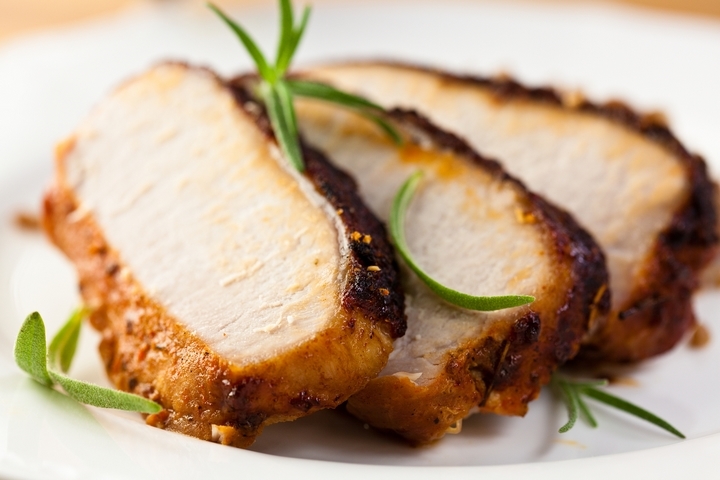
The same goes for white meat. People tend to say a white wine should typically be paired with a white meat. Again, this isn’t a hard and fast rule, but it’s a good rule to go by if you don’t have time to analyze your options. It may be more accurate to say that you should pair white wines with light-intensity wines. This typically includes fish and chicken, but could include other meat. Remember, the white with white and red with red rules are guidelines only.
4. Consider the sauce pairing
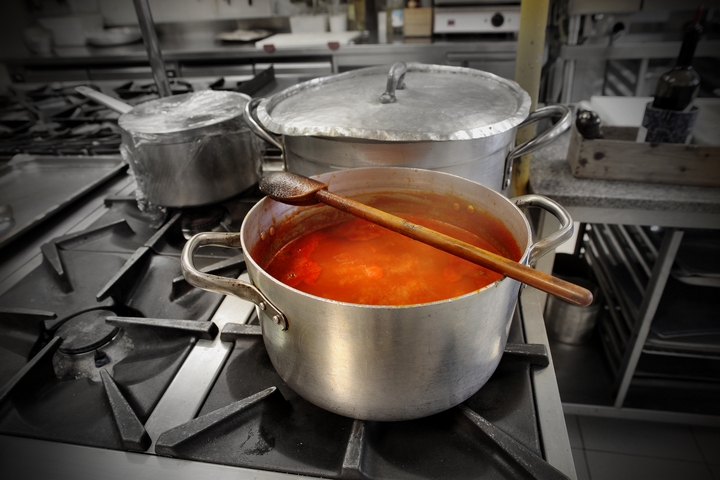
The sauce is more important than the meat itself. If you have a heavy sauce – like a tomato sauce, for example, you may want to consider pairing that with a red wine, even if it is on a light-intensity meat. If you have a light sauce, like a cream sauce, you’ll probably opt for a white wine. The meat is a good indicator, but if there is sauce, use that instead.
5. Wine acidity
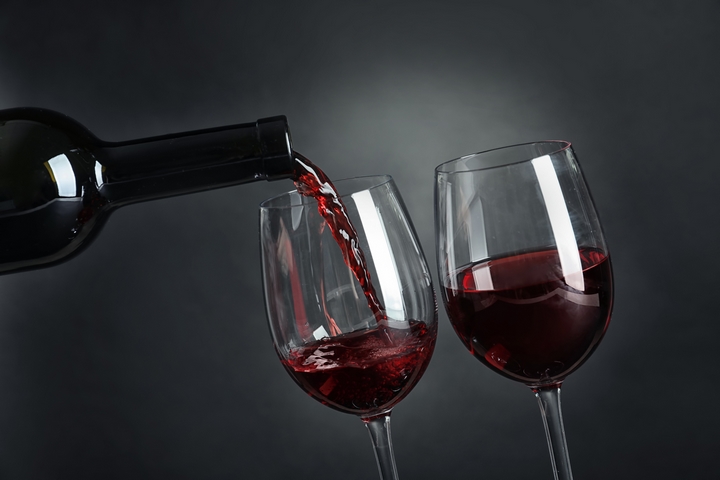
A more general rule that gives you a bit more freedom in your wine choice is simply that you should opt for a wine that is more acidic than the meal you’re about to enjoy. The high acidity in the food will overwhelm the subtle flavours of a non-acidic wine.
6. Wine sweetness

In addition, you want your wine to be sweeter than the food on your plate. Choosing a wine that is less sweet than the food will bring out the bitter taste in the wine, which it is best to avoid. This is why Port is often served with dessert, because it can handle the sweetness of whatever treat is being served.
7. Match the body

A light-bodied wine goes with a light meal, while a heavy meal will go with a full-bodied wine. An easy rule to remember, and a very helpful tip in finding the perfect match for your meal.
Salty and spicy foods are fantastically complemented by a sparkling wine. The sweet bubbly will act as a palette cleanser and help you enjoy your meal to the max.
